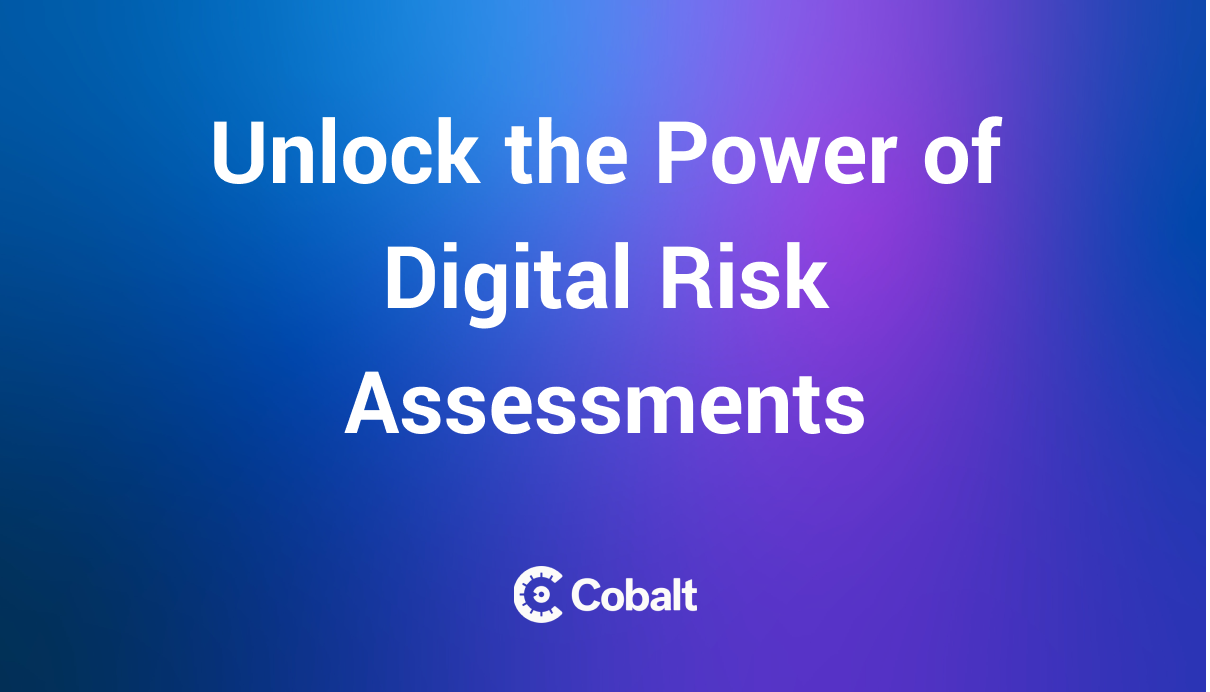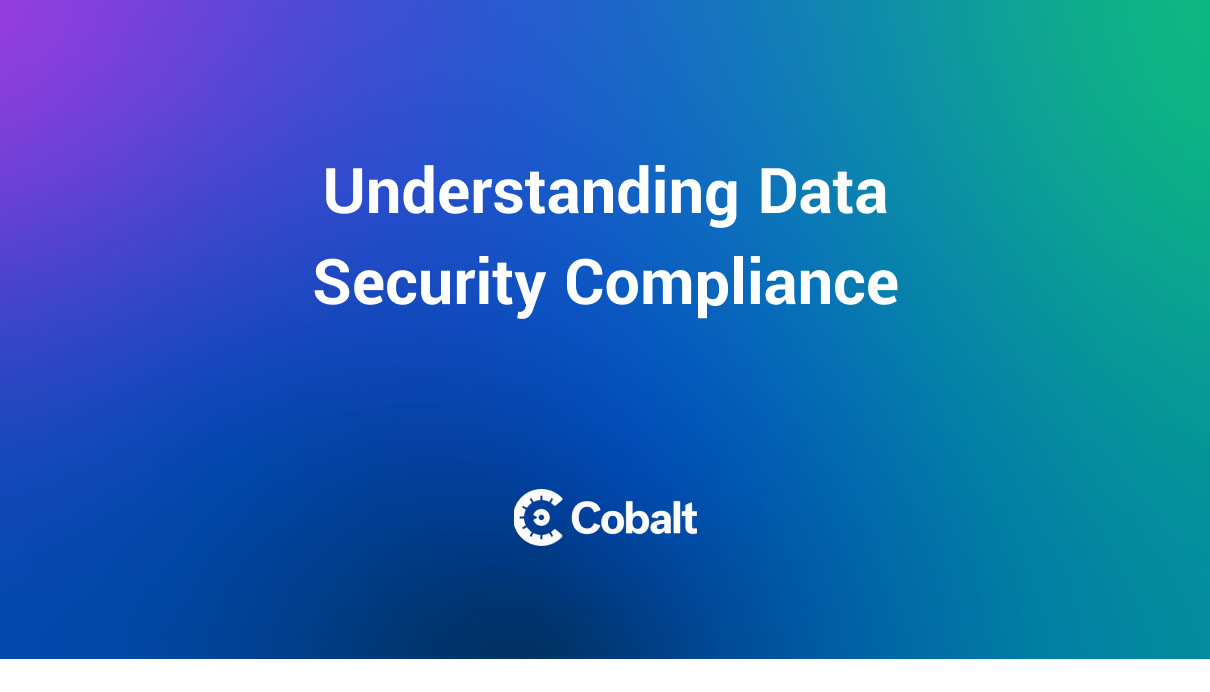The expanding digital world provides new and sometimes remarkable opportunities for a company to achieve digital transformation and improve its competitive edge.
However, digital operations also present a range of risks that must be addressed to keep employees and data safe. Digital risk assessments (DRAs) are a critical step in the digital risk management process to evaluate the digital risks your company faces.
Types of Digital Risks
Keeping up with the digital risks that may affect your business is quite a challenge. Cybercriminals are getting smarter every day and the variety of risks are also increasing.
According to PwC’s 2023 Global Risk Survey, leaders who are responsible for managing risk rank cyber risks higher than the risk of inflation.
There are a large number of digital risks that can be initiated by cybercriminals, people within your organization, and third-party organizations, the most common are:
- Cybersecurity: Attacks on systems by cybercriminals that can include infecting systems with malware, phishing attacks, ransomware attacks, and data breaches.
- Privacy: Some attacks can result in unauthorized access to data, data collection, and fraudulent use of personal information.
- Financial: This category includes online fraud, theft of financial data, and credit card scams.
- Infrastructure: Malicious actors operating internally or externally can cause system disruptions, data loss, and system failures. This could include shadow IT which can be identified by a Digital Risk Assessment and then better monitored with Attack Surface Management solutions.
- Reputational: Data breaches can ruin the reputation of a company, and fraudulent online reviews and social media content can contribute to a company losing its good reputation.
Keeping up with the changing digital risk landscape is critical to ensure that your company’s employees and data are secure. Here are some of the key trends you need to watch.
- Ransomware as a Service (RaaS): The dark web is seeing an increase in RaaS platforms. This allows a wider range of criminals to stage attacks even if they aren’t tech experts.
- AI is Supporting Attackers: The easy access to AI platforms gives attackers the ability to write code more quickly. In addition, attackers can use AI to create phishing emails that don’t have the typical issues such as poor grammar and spelling. It’s becoming easier for the attackers to fool more people.
- Supply Chain Issues: Nearly every business has third-party vendors, whether it’s a tech firm providing services or suppliers and distributors. Companies in the supply chain need to trust one another, but you also need to protect yourself against a partner’s lack of security.
- Critical Infrastructure Attacks: Bad actors are continuing to escalate targeting organizations with critical infrastructure because the payoff is great. Organizations in the energy, healthcare, and transportation industries, for example, need to be especially wary.
- The Internet of Things (IoT): IoT devices are appearing in more arenas every day. The different operating systems and lack of controls on proliferation are providing attackers with many new opportunities.
The Digital Risk Protection Process
Digital risk protection generally consists of five steps: planning your approach to the process, identifying potential risks, prioritizing risk, avoiding or mitigating those risks, and continuous monitoring.
1. Planning
The planning process is necessary to set the foundation for digital risk protection. Planning starts by defining the scope of the project. The scope may identify certain assets, types of data, or business units that are the primary focus of the digital risk assessment. The assets and systems may cover all of your external assets, while the data identified is corporate intellectual property.
The development of digital risk profiles also includes individual views to assist in the planning phase. Individual views will include identifying how employees use technology in their personal and professional lives. Consider issues such as their social media presence, whether employees use company devices at home or access company systems from a home office, and the sensitive data the employees can access. The profile should also define how aware employees are of threats and the best practices for digital safety, and how vulnerable they are to threats.
As with key processes, we must also define the personnel who will be involved, which could include a senior-level champion, stakeholders from various departments, and project leaders. This can quickly become a vast project. If addressing digital risk protection across your entire organization will be too complex an undertaking, start with a location or business unit to gain experience.
2. Identify Risks
Based on the assets, systems, and processes you identified in step one, conduct a Digital Risk Assessment that addresses the potential risks associated with each one. In addition, identify any existing vulnerabilities that need to be addressed.
There are a variety of approaches resources available to guide this identification such as vulnerability scanning tools, pentesting, security audits, and others.
Pentesting, also known as penetration testing, is commonly used to improve security by discovering vulnerabilities that could be exploited by hackers. As part of the pentesting process, guidance is provided for changing policies and controls and patching vulnerabilities to make systems more secure.
3. Prioritization
Evaluate the risks that were identified. Prioritize the risks based on the likelihood they occur and the potential impact if you do not avoid the risk. Penetration testing is a tool commonly used to assist in the prioritization of vulnerabilities.
4. Action Plan
Based on your prioritized list, develop and implement plans to avoid or mitigate the critical risks. During prioritization, you may decide that some risks are within your organization’s risk tolerance definition and don’t require immediate resolution.
5. Continuous Monitoring
As your Digital Risk Protection program matures, you'll want to transition from a risk assessment to an attack surface management approach. This will allow your company to monitor the outcomes of the risk controls included in your action plan on a regular basis.
You may need to adjust your actions based on:
- New information that comes to light while you implement your action plans.
- The need to respond to changes in your threat landscape such as introducing new technology.
- New threats that arise when cybercriminals develop new attack vectors.
Business Benefits of Digital Risk Protection
According to a recent article in the Harvard Business Review, victims of cyber breaches suffer devastating effects. Here are the key issues identified in the article.
- The risks are evolving into more severe and systematic attacks.
- In 2022, 83% of organizations suffered more than one data breach.
- Ransomware attacks increased by 13% in 2022, which is equal to all the increases over the last five years.
Digital risks are increasing at an alarming rate and every organization needs an effective strategy for protecting against the harm that results. Short-term damage includes a severe drop in stock prices for public companies and ripple effects throughout an organization’s supply chain.
Long-term effects are also being noted, as the cost of a data breach in the United States in 2022 soared to an average of $9.44 million. Included in this loss are ransomware payments, cost for remediation, and lost revenue due to lost productivity. In addition, 60% of companies that experienced a data breach ended up raising prices, which threatened the company’s market position.
The benefits of establishing a digital risk protection process cannot be understated. Other specific benefits include the following.
- Reducing the potential of experiencing costly digital risk incidents
- Enhancing your ability to spot risk and conduct proactive mitigation
- Centralizing data and reporting
- Improving resource allocation
- Establishing faster threat response times
- Improving business continuity capabilities
- Adapting to evolving threats
- Streamlining compliance
- Building trust and confidence with stakeholders, prospects, customers, partners
Best Practices When Implementing Digital Risk Protection and Assessment Processes
The process of conducting a digital risk protection or assessment process is straightforward. However, there are tips and best practices that will help you make your digital safety process even more effective.
1. Create an Incident Response Plan
Creating an incident response plan should be included in the risk assessment and management process, but many organizations don’t seem to think it’s that important. The truth is that it is a critical activity that will make a huge difference in how safe your company becomes.
It’s impossible for your digital risk protection process to stop every conceivable attack. Your management plan can greatly reduce the likelihood that you’ll experience an attack, but you’ll never reach a zero percent level. Therefore, it’s imperative that you have an incident response plan in place.
2. Test Your Incident Response Plan
You don’t want to test your plan the first time you have a real emergency. Conduct tests of the plan to ensure that any bugs are addressed before you’re in a dire situation.
Purple teaming exercises can be a great example of how to test your response plan. During a purple team engagement, the blue team will be able to actively see if their responses to an attack are sufficient and gain expert insights into how to improve.
3. Don’t Cut Corners on Defining Your Risk Landscape
One of the most important things you can do to protect your organization is to clearly understand where your risks could come from.
Be sure to go into detail in identifying internal and external factors. Find out if you have Shadow IT programs running internally, for example. Consider all endpoints, SaaS products you use, ERP applications, databases, and third-party vendors and consultants.
4. Reduce Your Attack Surface
Conduct risk assessments for your internal infrastructure and your external vendor network.
According to a recent Verizon report, 62% of system intrusion attacks come through a company’s partners. Make sure to pay special attention to reviewing your vendor attack surface. Other tips include implementing a Zero Trust policy and multi-factor authentication and reducing or eliminating data silos to support managing risk at scale.
5. Obtain Strong Stakeholder Support
Without a senior-level champion, protecting your company from digital risks will take a back seat in terms of allocating resources and budget. Make sure your champion stays engaged with the process and keep in touch with your champion to address any questions or concerns before they become major roadblocks.
You’ll also need to have strong buy-in from stakeholders on your security team. Further, consider that almost everyone in your organization is a stakeholder since they play a role in reducing your risk. One way to support an entire organization is to ensure training programs exist to assist your employees in understanding and executing their roles.
Get the Power a Digital Risk Assessment Offers
Given the existing problems that are increasing digital risks, now is the time to start or update your digital risk protection process. Consider the types of digital risks you are facing, the benefits your company will receive, and use best practices that will help ensure your success.

















%20(23).png)


